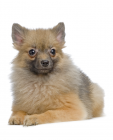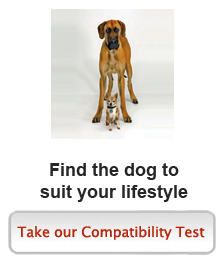Keeshond
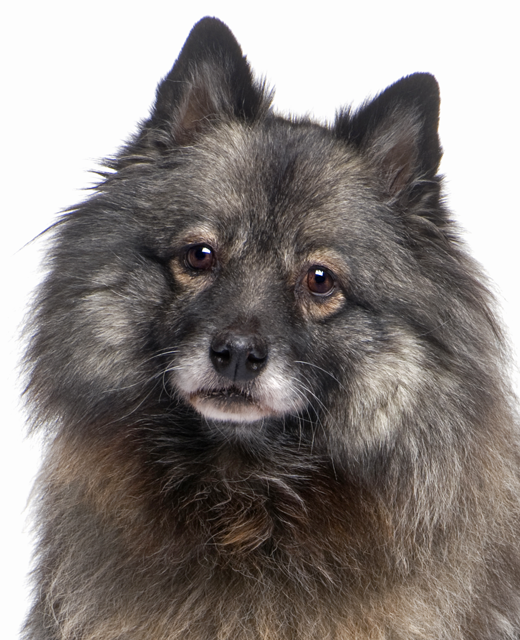
In my own words
Hello there! Or as we say in Holland: Welkom. Yes, my coat is really that thick! My ancestors are from the Artic, so I have been bred to withstand the harshest of weathers. I much prefer living in a cold country, give me Skegness any day over the Costa del Sol! I’m so happy to meet you! Really I am! I hope you can join in on my families activities today! I will be playing with the little owns, which I enjoy doing so much!
Did you know my ancestors were used as working dogs on Dutch longboats all the way down the river Rhine? Well you do now! And as a result I am a great watch dog, as that’s what I have been bred to be. We still look good though don’t we? Gosh we really do? Maybe my owner will take me to a dog show one say so that I can strut my stuff on the parade ring? I really hope so I would love to do that. That’s not to say I don’t enjoy running about and stuff though. Actually, do you have a ball for me to chase? No? Oh well, maybe next time. I play Frisbee with the children sometimes, and that’s fantastic. I can’t quite get the hang of throwing it back though. Sorry about my fur all over the floor, I tend to shed quite a lot at this time of year. Just count yourself lucky that you don’t have an allegies!
My ideal owner(s)
Singles
Families
Experienced dog handlers
People who live in the suburbs
What they say about me
Loyal
Playful
Character
Enjoys human company
Is this Keeshond for you?
Test your knowledge about the Keeshond
Information essential about the Keeshond
Breed Type:
Non-Sporting. Part of the Spitz family.
Size:
Height: Dogs 17-19 inches (44-48cm.) Females are 10% less.
Weight: some sources say 55-66 pounds (25-30kg.) while others say 35-45 pounds (15-20 kg.)
Popularity:
Breed History:
Being a dog of the Spitz type, the breed holds a similar lineage to the Samoyed, Chow Chow, Finnish Spitz, Norwegian Elkhound, and Pomeranian. The dog is of Artic origin (hence the thick, fluffy coat) and dates back to the 18th century. Their sole purpose was that of a popular family pet, and they never were bred to become working dogs. They have a strong historical relationship with the Netherlands, and became a symbol of the country’s independence parties during the French Revolutionary wars. Keeshonden became a mascot for these patriots. When the rebellion(against the Dutch royal family) failed, the Keeshond suffered a serious drop in popularity. A small group of diehards maintained the breed and, years later, the Keeshond returned to popularity. For many years, they worked on Dutch riverboats along the Rhine River, winning the hearts of the working class for their sturdiness, intelligence and resourcefulness. The American Kennel Club recognised the breed in 1920.
Character:
The Keeshond has an outgoing personality. They have an ability to curl their upper lip into something that resembles a human grin; and as a result they are known as the ‘Smiling Dutchman’. The dog often does this as a greeting for people they are extremely fond of. They are generally a very intelligent and affectionate breed. They thrive on human companionship, and love the time they have with their owners. They are neither too timed or too aggressive and can be quite lively dogs, so daily walks are essential. . A Keeshond who spins in circles has excess energy he needs to burn, both physical and mental. An owner must exhibit the qualities that the dog would see as a pack leader, as the if the dog doesn’t see this it will see itself as the pack leader, and become difficult to train. They are very alert, and can make great doorbells as they can bark. This barking must be controlled however, so as not to make it excessive. Teach them enough is enough, to stop barking after their first initial warning bark. Keeshonden were bred to guard river barges along the Rhine, and those instincts survive to this day.
Temperament:
Keeshond are fantastic around children, and can make great playful companions for them. They are empathic and intuitive, and are frequently used as therapy dogs. They are neither timid or aggressive and as a result enjoy lazing around being stroked as much as they enjoy chasing sticks and balls. The dog must realise that its owner is the pack leader, otherwise it can become slightly aloof. Keeshond are full of personality. They can be trained to perform tricks and are generally affectionate and friendly. They very much enjoy become a major part of family activities and will become a real character that is quick to learn if their owners are consistent. They very much enjoy being around humans and being the centre of attention of humans. They do not enjoy being left on their own for extended periods of time. They should be trained using gentle, but firm, calm leadership. They are generally good with other pets, but need to be socialized well so as to stop them from become over timid towards them.
Conformation:
Like all Spitzen, Keeshonden are notable for being quite small with a very fluffy coat. Their eyes are medium sized and dark in color. The ears are erect, triangular in shape and set high on the head. The tail is medium in length curled over the back. It should never be straight. The muzzle of medium length and well-proportioned to the skull. The feet are almost catlike, compact and well rounded. Overall, Keeshonden have an alert and eager posture. They are very handsome dogs, and are perfect for the show ring. The coat is very harsh, bushy and is extremely thick around the neck, shoulders, and chest. The hair on the head is short, smooth, and soft. The Keeshond has markings around the eyes that resemble spectacles. The coat is longer on the legs and is lighter in colour.
Colour:
Usually come in mixed patterns of grey, black and white.
Training:
These dogs are sometimes quite difficult to train. Being very active and energetic they have a mischievous streak and enjoy making up their own routine. Having said that, if trained properly in the ‘pack leader’ style, they are extremely adept in obedience and agility. Training needs to be consistent, but they will become very bored if training becomes too repetitive. The dog would perhaps best suit someone already well experienced in training dogs, and not so much for someone who is a first time owner.
Care:
Although the breed has an extremely thick coat, grooming is perhaps not as difficult as you expect. Brush once a day and never clip, even in the summer, as the outer coat provides insolation for the dog and they are quite vulnerable to temperature change. They are really heavy shedders in the autumn and spring and as such are not suitable for those with allergies or those without a decent vacuum cleaner. They are excellent at cleaning themselves, so bathing should only be carried out when necessary.
Health:
Hip scoring by a vet is essential for the Keeshond, as they are rather prone to hip dysplasia. Do not let puppies run up and down stairs, as this will damage their joints. They can also have issues with the heart and with the skin. Checking in the skin (for lumps of signs of infection) can be quite difficult due to their thick coat, so particular care must be taken. They can also experience epilepsy.
Exercise:
A lively dog, but the Keeshond can be suited to those who live in the city in apartments as they relatively do not need that much exercise. They require a daily walk, and enjoy balling with a ball; and can be taught how to play Frisbee – an activity they really enjoy! If they are left alone outside for too long they will become bored and will dig holes. They are not suitable to sleep outside. Due to their bushy coats, they prefer cooler climates. On hot days, make sure they get plenty of shade and, if possible, air-conditioning.
You may also like:
If you like Keeshonds, you may be interested in breeds of the same size »


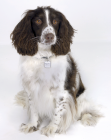
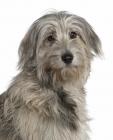
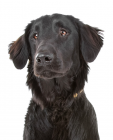
If you like Keeshonds, you may like other breeds with similar characteristics »

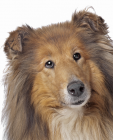
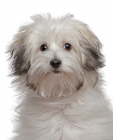
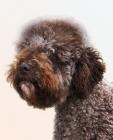
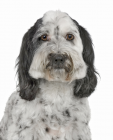
Advice on choosing your breed »
Find an animal shelter or rescue home where a Keeshond is waiting for a new home »
The following grid gives a fast track review which covers all breeds. You can apply it to help you decide if a Keeshond is suitable for you, the environment where you live, your personality and your lifestyle. For example we can see here that they love to play fetch and are quite lively, but are still quite happy living in city apartments as long as they get a daily walk. You might like to save or print off this section and keep it for reference while you check some other breeds before making your final choice.
Be the first to rate this breed »
|
*PLEASE NOTE: All our breed profiles are general, and all dogs are individuals. Always talk to the breeders and meet the owners you are buying from. Try to meet the dog and its parents if it is a puppy in their home environment.









